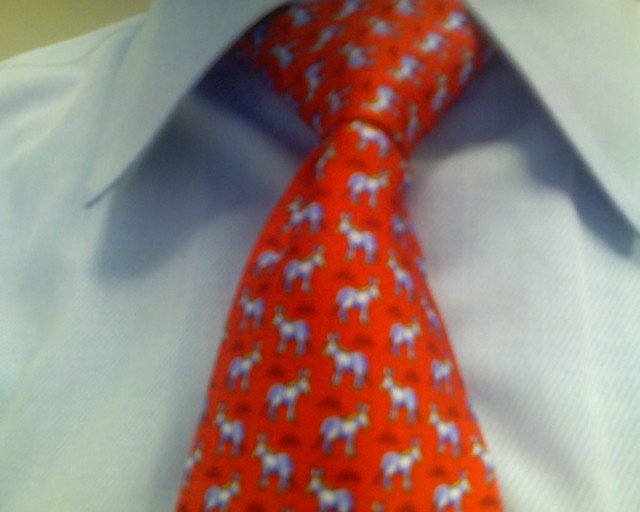
When it comes to office fashion, it can be tough to decide what’s appropriate. Individuals who work in creative fields may have more leeway, while lawyers and businesspeople may need to stick to conservative attire. It’s impossible to overstate the importance of the proper clothes on making a good impression and advancing your career.
In an interview with Forbes, fashion editor and corporate style consultant Jacqui Stafford said, “At all times, whether you’re the secretary or CEO, people will judge you in nanoseconds by what you’re wearing. I’ve seen smart, talented people passed over for promotions simply because they didn’t dress correctly.” Know the accepted guidelines for your office to turn heads for the fabulous work you do, not the questionable outfit you wore.
Tech Casual
In creative fields or tech companies, dress codes are often more relaxed. Jeans are acceptable, but stick to darker washes and avoid pairs that look too worn. Casual button-up shirts, polos and other casual attire is acceptable. Women can wear slightly less conservative dresses or skirts, but avoid miniskirts or overly tight clothing. On days when you meet with clients, stick to more professional outfits.
Business Casual
Many offices are trending toward a business casual dress code for everyday wear. For both men and women, this means jeans are a no-no. Dress slacks, khakis and other nice pants are a must. Although men don’t need to wear a shirt and tie every day, a pressed button-down shirt or light sweater looks great. Women can wear pencil skirts, blouses, sheath dresses and other reasonably conservative attire.
Feel free to show a bit of personality by adding fun accessories. A statement necklace or a pair of stud earrings adds a touch of polish in a business casual environment. Avoid anything that looks too cutesy, which can detract from your professional look.
Business Professional
More conservative professions, including banking, law and hospitality maintain a business professional dress code. This requires you to dress formally each day. Men should wear a suit and tie, but in many offices, dress pants, a shirt and tie and a blazer are acceptable. Stick to conservative fabrics and patterns.
Women should also wear pantsuits or skirt suits. If you choose to wear skirt suits, wear tights and make sure the hemline hits at the knee. Women typically wear heels, and shorter heels—think two or three inches at most—are the most professional and comfortable. Keep makeup neutral and accessories sophisticated to maintain a polished look.
Deciding what to wear to the office doesn’t have to be a mystery. If you’re starting a new job and are unsure of the dress code, it’s always best to err on the side of caution and dress professionally. And no matter what your place of work, sloppy, torn or wrinkled clothing sends the wrong message. Keep your attire clean and professional for continued work success.